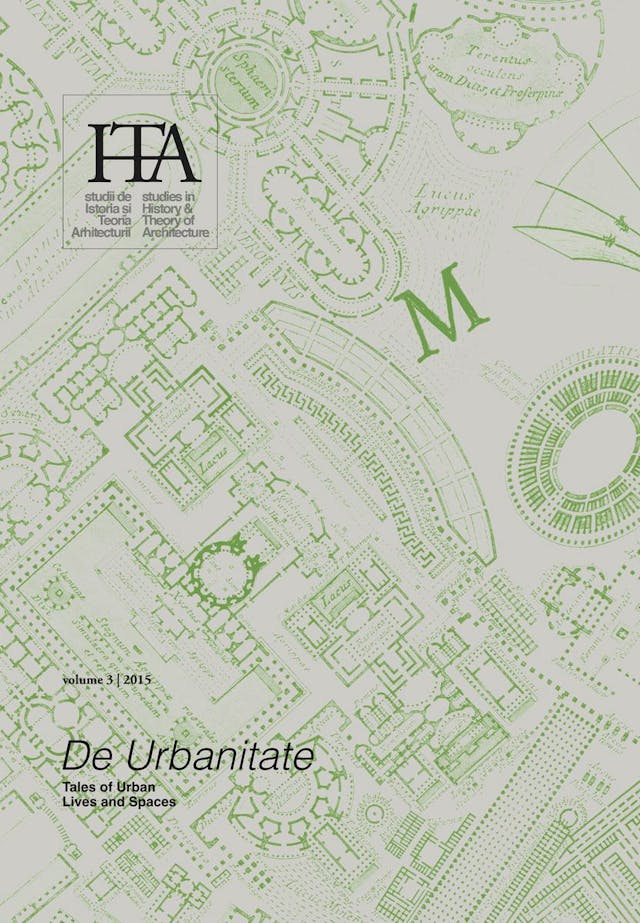Reyner Banham and Aldo Rossi. Two Possible Urban Images of the “Second Machine Age”
by
Alioscia Mozzato
Keywords
Reyner Banham
Aldo Rossi
Pop Art
Scuola di Venezia
post-modernity
Los Angeles. The Architecture of Four Ecologies was published in 1971. Reyner Banham's reflections are not the only considerations that describe the change in thinking about architecture and the city in the years that marked a turning point between modernism and postmodernism. In 1966, Aldo Rossi published L'architettura della città, outlining a further possible critical reading of the “urban.”
Reyner Banham traced the lines of a Pop aesthetic that finds its applications and its theoretical foundations in art, outlining, albeit through critical naivety or ideological adherence to capitalist consumerism, a Zeitgeist of the “Pop age.” Aldo Rossi structured theoretical assumptions attributable to the reflections made by Ernesto N. Roger, Giuseppe Samonà and the Scuola di Venezia, with the aim to establish “continuity” between modernity and post-modernity through an indissoluble relationship between “history” and “form.”
Considering the urban as a “work of art” comprised of different artistic manifestations, the two texts can be interpreted as two analytical and operating paradigms which formalize concepts and principles of two different cultural milieu of the “Second Machine Age.”
Published in

Chicago citation style
DOI:
10.54508/sITA.3.06